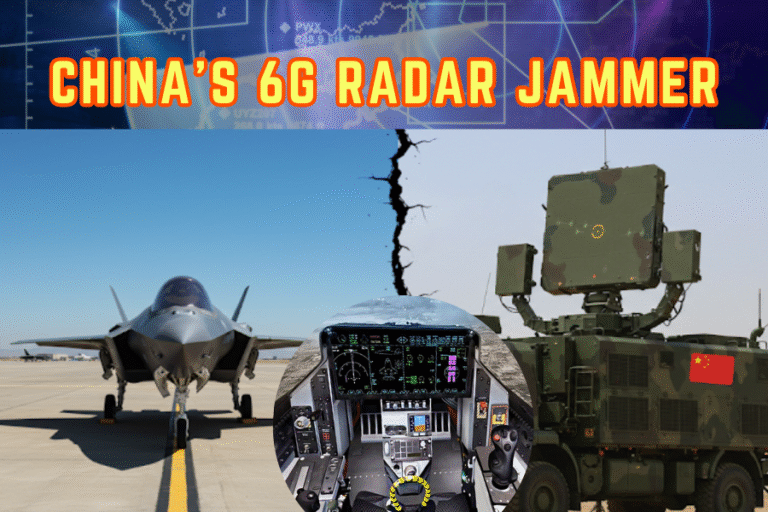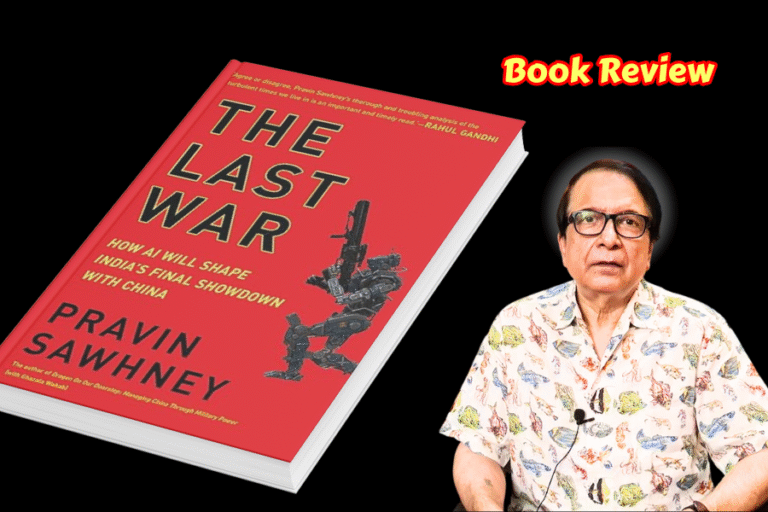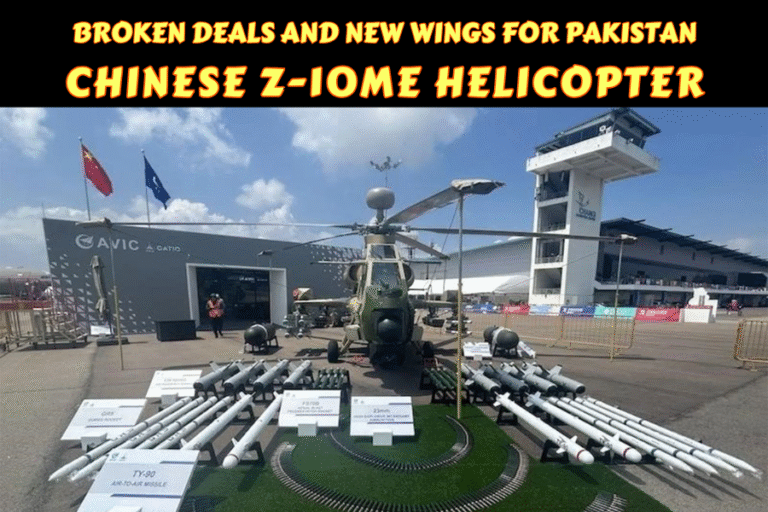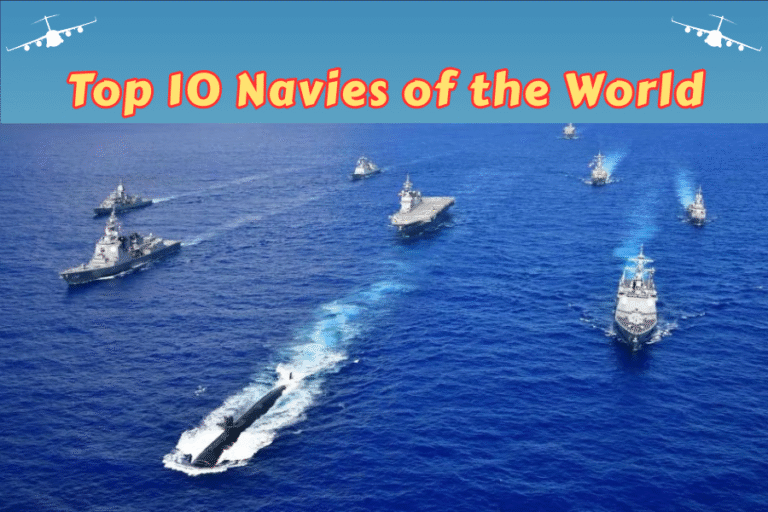(By Khalid Masood)
Introduction
Modern warfare is no longer fought solely on the battlefield with tanks, guns, and boots on the ground. Today, war is also waged in cyberspace, through autonomous drones, deepfake propaganda, and intelligent systems that make decisions faster than any human general could. At the heart of this transformation is Artificial Intelligence (AI)—an invisible but powerful force reshaping global military doctrines, offensive and defensive strategies, and even international diplomacy.
Countries such as the United States, China, Israel, Russia, and India are investing billions in AI research, not just for economic progress but to redefine military superiority. Pakistan, too, must awaken to this reality—not tomorrow, but today.
This article explores how AI is transforming modern warfare, highlights examples of AI-based military systems, examines their implications for Pakistan, and provides a roadmap for national readiness.
I. The AI Revolution in Modern Warfare
AI has brought about the fourth revolution in military affairs, akin to the invention of gunpowder or nuclear weapons. Its core strength lies in speed, precision, automation, and decision-making capabilities. Here’s how it is impacting different domains:
1. Intelligence, Surveillance, and Reconnaissance (ISR)
AI-enabled satellites, drones, and surveillance cameras can identify threats, track enemy movement, and predict potential targets using real-time data and pattern recognition. Systems like Project Maven (USA) use AI to analyse drone footage instantly, identifying vehicles, insurgents, or weapons.
2. Autonomous Weapon Systems (AWS)
AI-powered weapons can select and engage targets without human input. These include autonomous drones, loitering munitions, and robotic sentries. For example:
- Harpy and Harop (Israel): Loitering munitions that detect and destroy enemy radar.
- Kargu-2 (Turkey): AI-based kamikaze drone reportedly used in Libya.
- X-47B (USA): An autonomous combat aerial vehicle capable of carrier-based operations.
3. Cyber Warfare
AI enhances cyber-attacks by automating intrusion, data theft, and disruption. AI-powered tools can detect vulnerabilities, generate spear-phishing emails, and evade detection systems.
- Stuxnet, the first cyberweapon (allegedly developed by US-Israel), infected Iran’s nuclear program.
- AI-based malware can self-learn and evolve, bypassing firewalls.
4. Logistics and Battlefield Support
AI optimises supply chains, predicts ammunition needs, and even deploys medical robots to the frontlines. AI bots also assist in damage control and post-strike assessments.
5. Decision-Making & Command and Control (C2)
AI-enabled systems digest large volumes of data from satellites, UAVs, and human intelligence, offering generals predictive insights. China’s PLA, for example, is developing an AI-driven C4ISR (Command, Control, Communications, Computers, Intelligence, Surveillance, and Reconnaissance) infrastructure.
II. Real-World Applications and Battlefield Examples
1. Russia-Ukraine War
The Ukraine war is a testing ground for AI warfare. Ukraine has used AI-driven tools for facial recognition (Clearview AI), drone coordination, and digital battlefield mapping. Russia, too, deployed Uran-9 unmanned ground vehicles and attempted autonomous tank operations.
2. Azerbaijan-Armenia Conflict (Nagorno-Karabakh, 2020)
Azerbaijan used AI-powered Turkish Bayraktar TB2 drones and Israeli Harop drones to decimate Armenian defences. The drones operated in coordinated swarm attacks with minimal human input, proving decisive in the war.
3. Israel’s Iron Dome and AI Coordination
The Iron Dome uses AI to calculate the trajectory of incoming rockets and intercept them mid-air with remarkable precision. It only engages threats predicted to land in populated areas, saving resources and minimising false positives.
4. China’s AI-Based Warfare Development
China’s GJ-11 stealth UAV, AI-piloted jet prototypes, and the Sky Hawk drone demonstrate its ambition to become the world’s foremost AI-military power. China has also developed facial recognition tools for tracking Uighur dissidents and monitoring cross-border infiltration.
5. India’s AI Weaponisation
India is working on AI-powered swarm drones, battlefield simulations, and autonomous ground vehicles under its iDEX and DRDO programs. Indian forces are using AI for surveillance in Kashmir and border regions.
III. New Threats: Deepfakes and Info-Warfare
Beyond physical weaponry, AI has introduced a dangerous new front: Information Warfare.
- Deepfakes can create fake videos of leaders declaring war or conceding defeat, causing mass confusion.
- AI bots can launch coordinated propaganda, flood social media, and manipulate elections.
- Cognitive Warfare, a concept increasingly embraced by NATO, involves attacking public perception, morale, and decision-making through AI tools.
For instance, in 2023, deepfake videos emerged allegedly showing Ukrainian President Zelensky urging troops to surrender—these were quickly debunked but caused initial confusion.
IV. The Ethical Dilemma
AI in warfare raises critical ethical concerns:
- Who is accountable if an AI drone mistakenly targets civilians?
- Should machines have the authority to kill without human oversight?
- How do we prevent AI weapons from falling into terrorist hands?
Global efforts like the UN Convention on Certain Conventional Weapons (CCW) have called for regulation of Lethal Autonomous Weapon Systems (LAWS), but major powers have resisted any binding treaties.
V. Pakistan’s Strategic Imperatives
Pakistan cannot afford to lag behind in this silent revolution. Here are strategic actions necessary for national preparedness:
1. Indigenous AI Development
Pakistan must invest in local AI research for military applications. This includes partnerships with China, establishing military-tech incubators, and involving institutions like NUST, NESCOM, and SUPARCO.
2. Strengthen Cybersecurity
Cyber defences of Pakistan’s military, nuclear infrastructure, and intelligence agencies must be AI-driven. ISI, Cyber Command, and NTISB should adopt AI-based intrusion detection and cyber forensics.
3. AI-Enhanced Defence Systems
Pakistan must integrate AI into existing platforms:
- Enhance surveillance drones with object recognition.
- Develop AI-based loitering munitions.
- Upgrade radar systems with AI anomaly detection.
4. Counter AI Threats
Create units dedicated to countering deepfakes, information warfare, and hostile cognitive operations. This involves partnerships with media watchdogs, digital forensic labs, and social media platforms.
5. Strategic Alliances
Pakistan should deepen military-tech cooperation with China, Turkey, and Iran, particularly in AI-based UAVs, EW (Electronic Warfare), and anti-drone tech.
VI. The Way Forward: Pakistan’s AI Doctrine
Pakistan’s future military doctrine must include an AI dimension:
a. Establish a National AI and Military Integration Taskforce (NAMIT)
- Coordinate efforts across military, academic, and private sectors.
b. National AI Command and Control Hub
- Similar to the US DoD’s Joint Artificial Intelligence Center (JAIC), to coordinate battlefield AI applications.
c. Public-Private Partnership
- Facilitate defence startups and AI research firms to work with GHQ, Air Force Command, and Naval HQ.
d. Ethical Framework
- Develop an indigenous AI ethics policy that protects civilian life and maintains strategic credibility.
VII. Conclusion: The Future Belongs to the Prepared
The battlefield is no longer bound by geography or time—it is now invisible, autonomous, and omnipresent. Wars of the future will be fought not only by brave soldiers but also by intelligent algorithms. AI is the new nuclear, and those who fail to harness it will be left vulnerable.
Pakistan, with its geo-strategic position and hostile eastern neighbour, must urgently embrace AI warfare—not just as a necessity but as a shield, a sword, and a strategic equaliser.
Just as 20th-century nations raced for the atom, today’s powers are racing for artificial intelligence. In this race, delay is defeat. With foresight, investment, and a coherent doctrine, Pakistan can stand firm—not just in defence of its borders, but in defence of its future.







